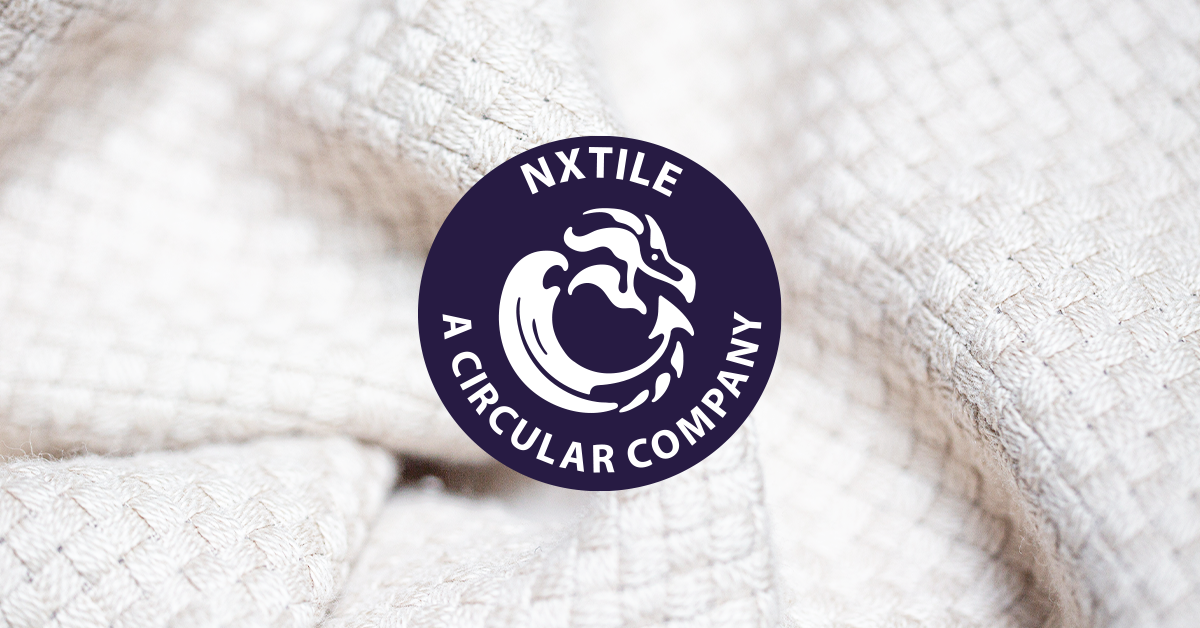Once upon a time, long ago, we only had natural raw materials to make textiles from: wool and cotton. With the advent of plastics, more and more polyester has entered the textile industry. Quite often in blends of natural and non-natural yarns, actually existing of a mix of “fossil-based” and “bio-based” raw materials. To recycle post consumer textiles, plastics in any form and shape have to be unravelled again. And that is not easy. The technology is there, but there are bumps in the road. What is holding us back? What is the brake on circular textiles?
Why are there actually "fossil-based" raw materials in textiles?
Plastics have been added to textiles, supposedly under the guise of product quality. The fabric is more flexible, lasts longer, doesn’t shrink in the wash and if we believe the big brands, wears more comfortably. The underlying reason, of course, is cost, simply because synthetic yarns are cheaper to produce than yarns made of cotton and wool. The trend is a blend with an increasing percentage of polyester. And that is our real brake on circular textiles.
But meanwhile, with a world population of over 7 billion, we produce about 100 billion garments annually, of which at most 1% are completely bio-based. A huge source of pollution because microplastics end up in the environment during use (not biodegradable, read our blog about PET bottles.) and because they are not easy to recycle at the end of their useful product life. To make more textiles from just wool and cotton is quite a challenge. But we should do it, reducing the pressure on natural resources and stop creating a plastic world.
Circular by design
The solution is recycling, switching to circular textiles. nxtile products are already made of 100% recycled cotton from pre consumer waste (read our previous blog about pre en post consumer cotton). With these products we create a huge amount of impact, by saving water, land and CO2 . Our whole product range is circular by design because we have zero tolerance towards plastic in production, supply chain and final product. This means that besides the savings during creation, our products are made to be recycled again after a long lasting product life cycle. We see value in 100% natural textile driving a good return on investment and putting our earth in balance.
Conclusion
We already made the transition from 100% natural to 100% natural recycled. It turns out to be the right direction for viable changing the textile industry. Off course we are closely monitoring all innovative textile developments that have the potential to accelerate our journey. Meantime we are also working on increasing awareness that things must and can be done differently. So buy less, pay attention to the label when you buy something and use textiles for longer than you might have intended. That is already contributing to a more sustainable, circular world.
Blends dominate the production of textiles. From a recycle standpoint, we need to move away from that. Want to know more about methods of recycling? Read our next blog.
Also read the report on “The global apparel industry is a major but overlooked source of plastic leakage”

